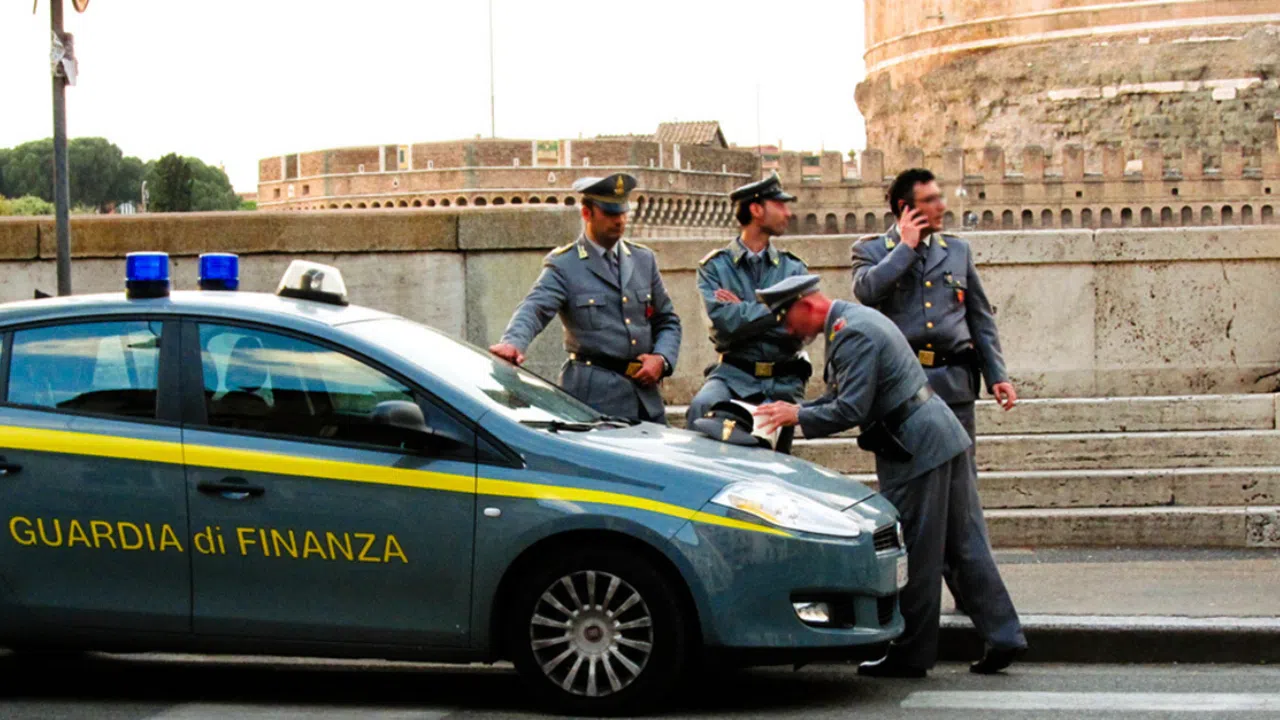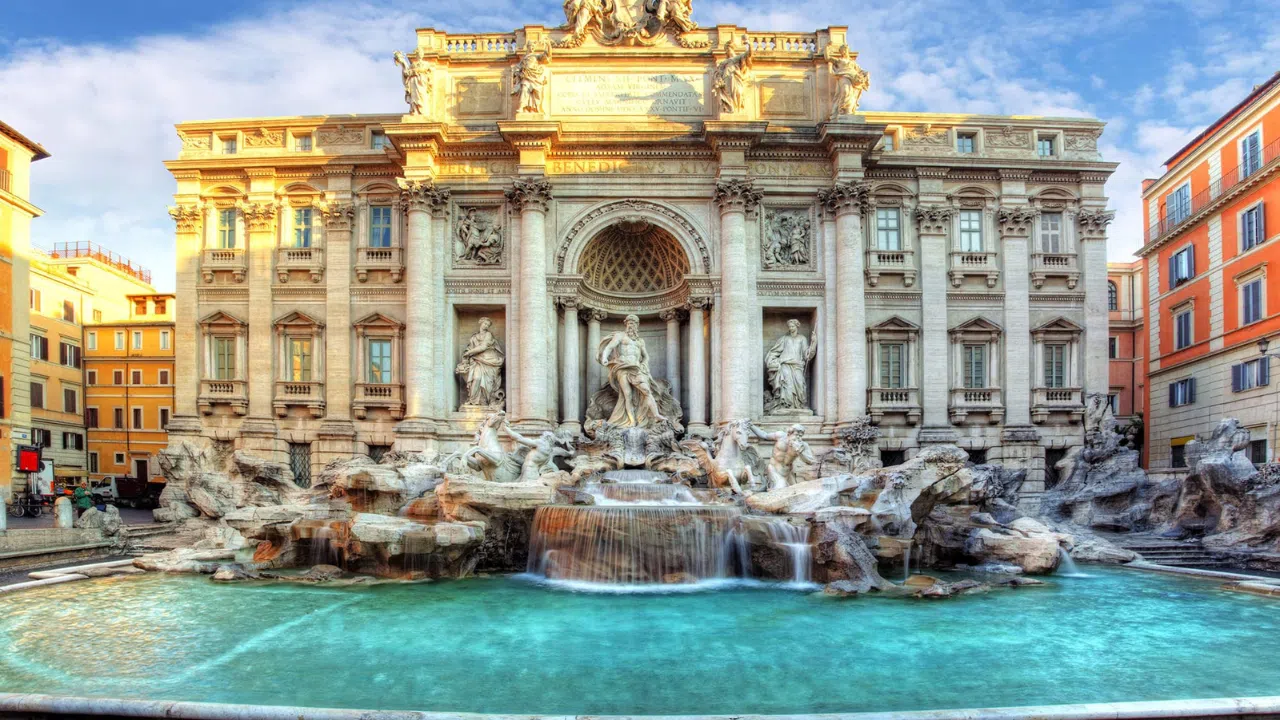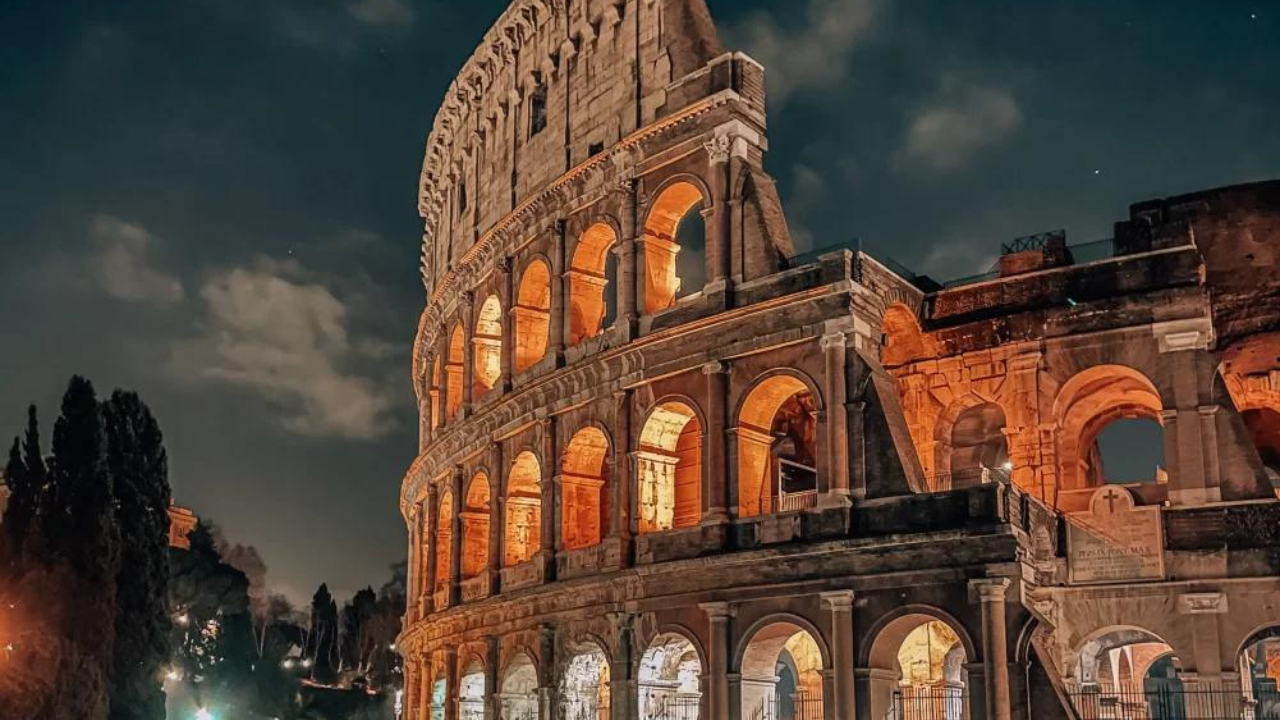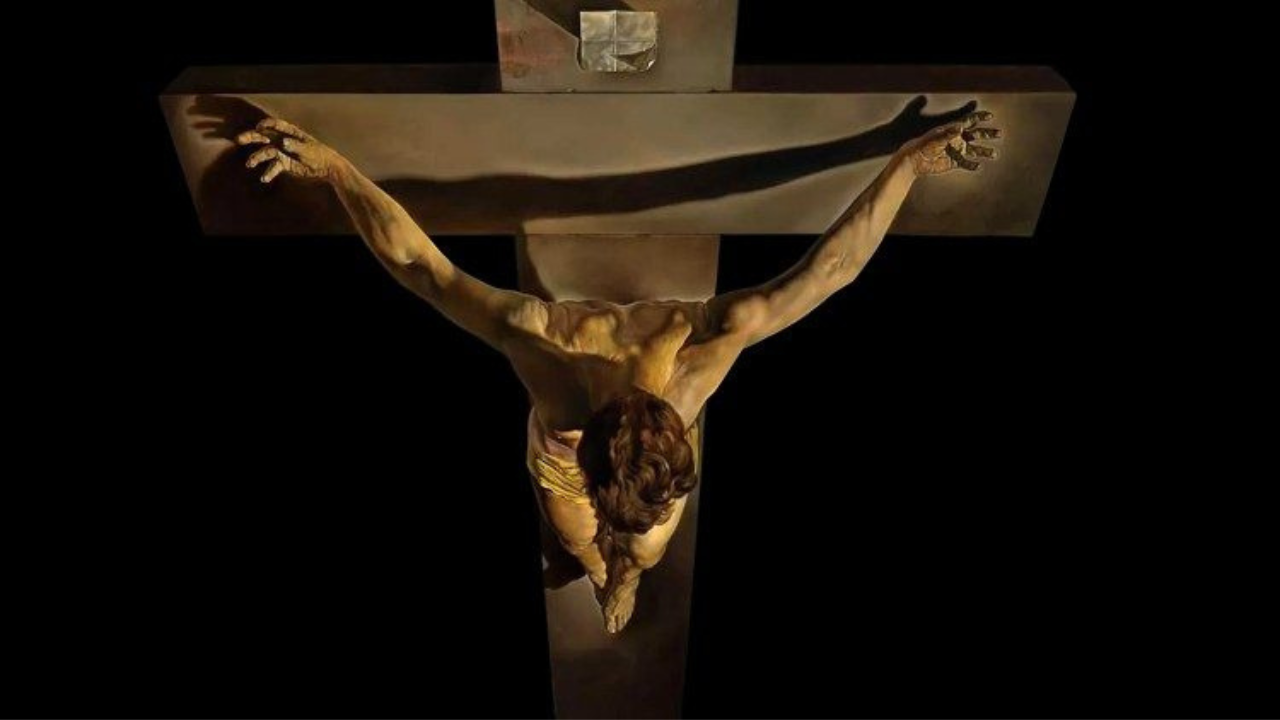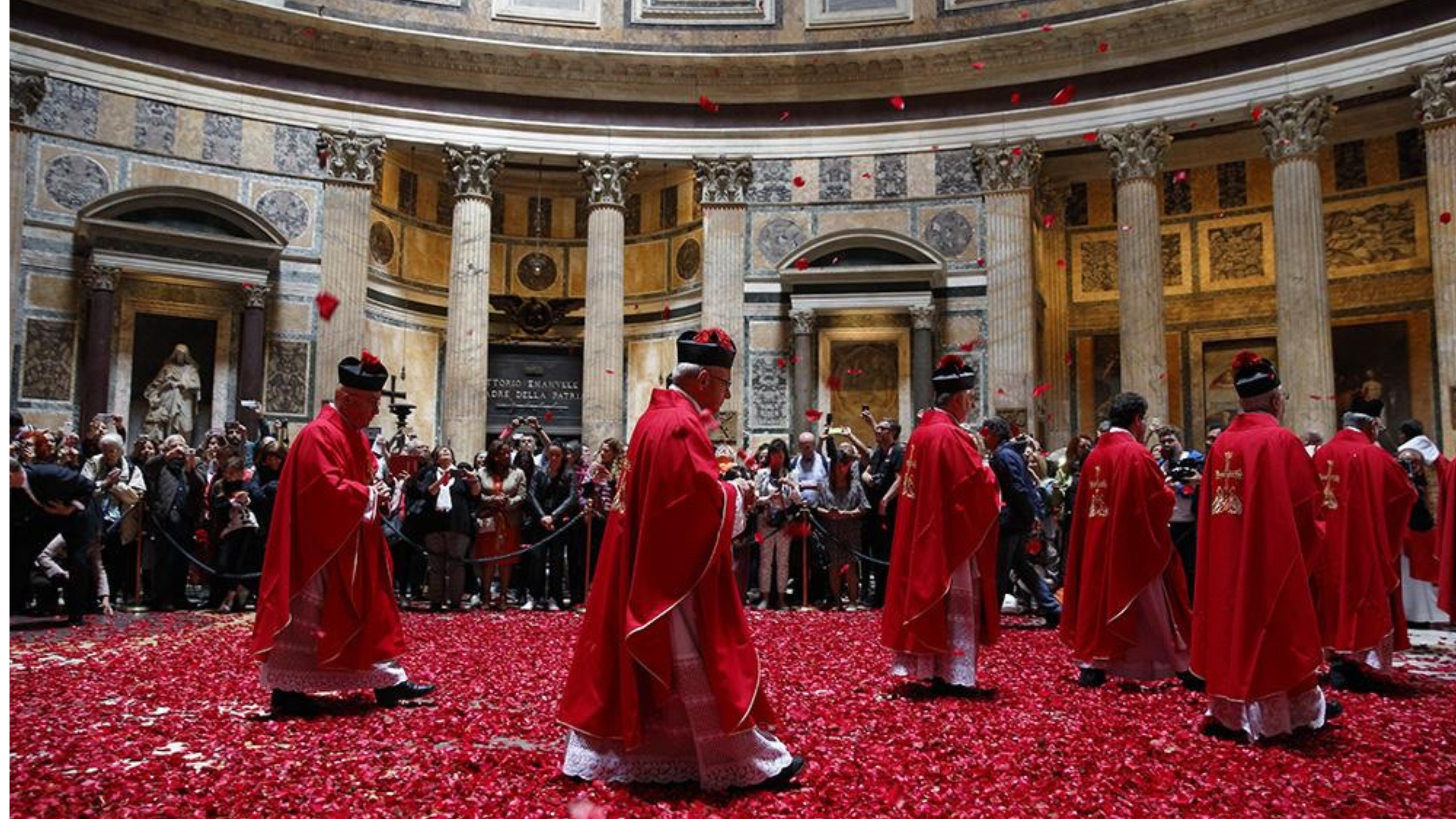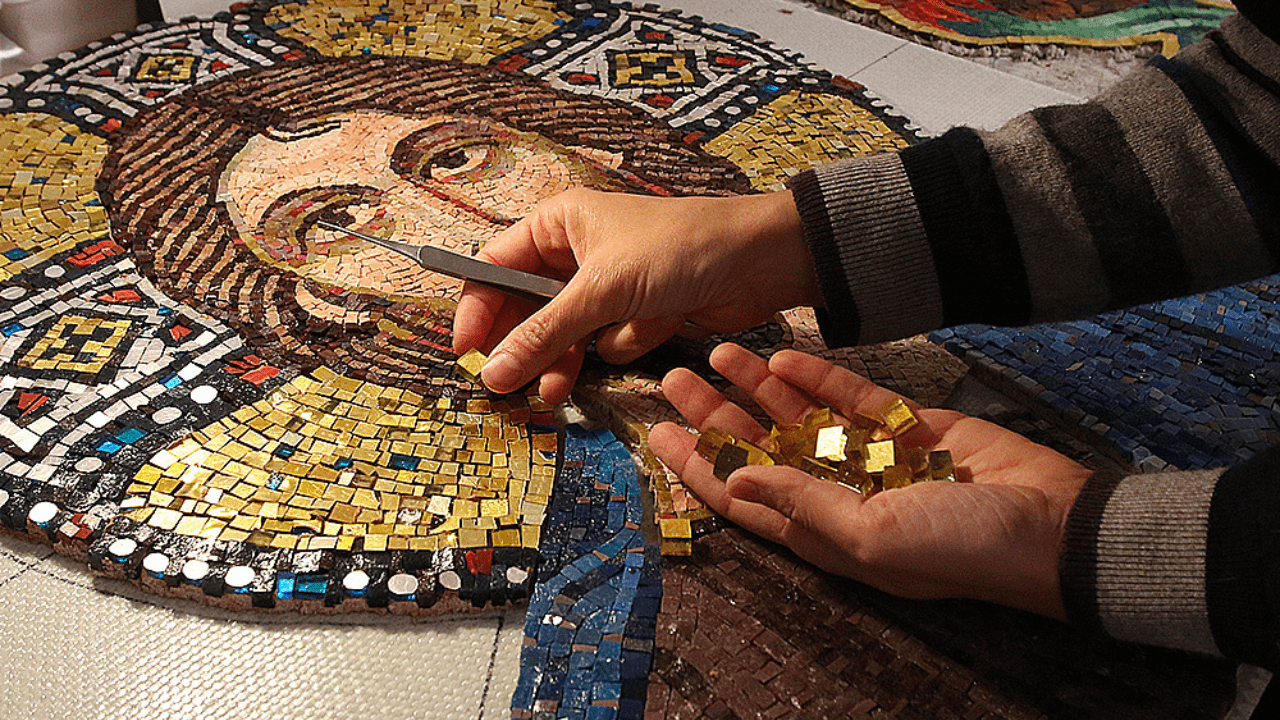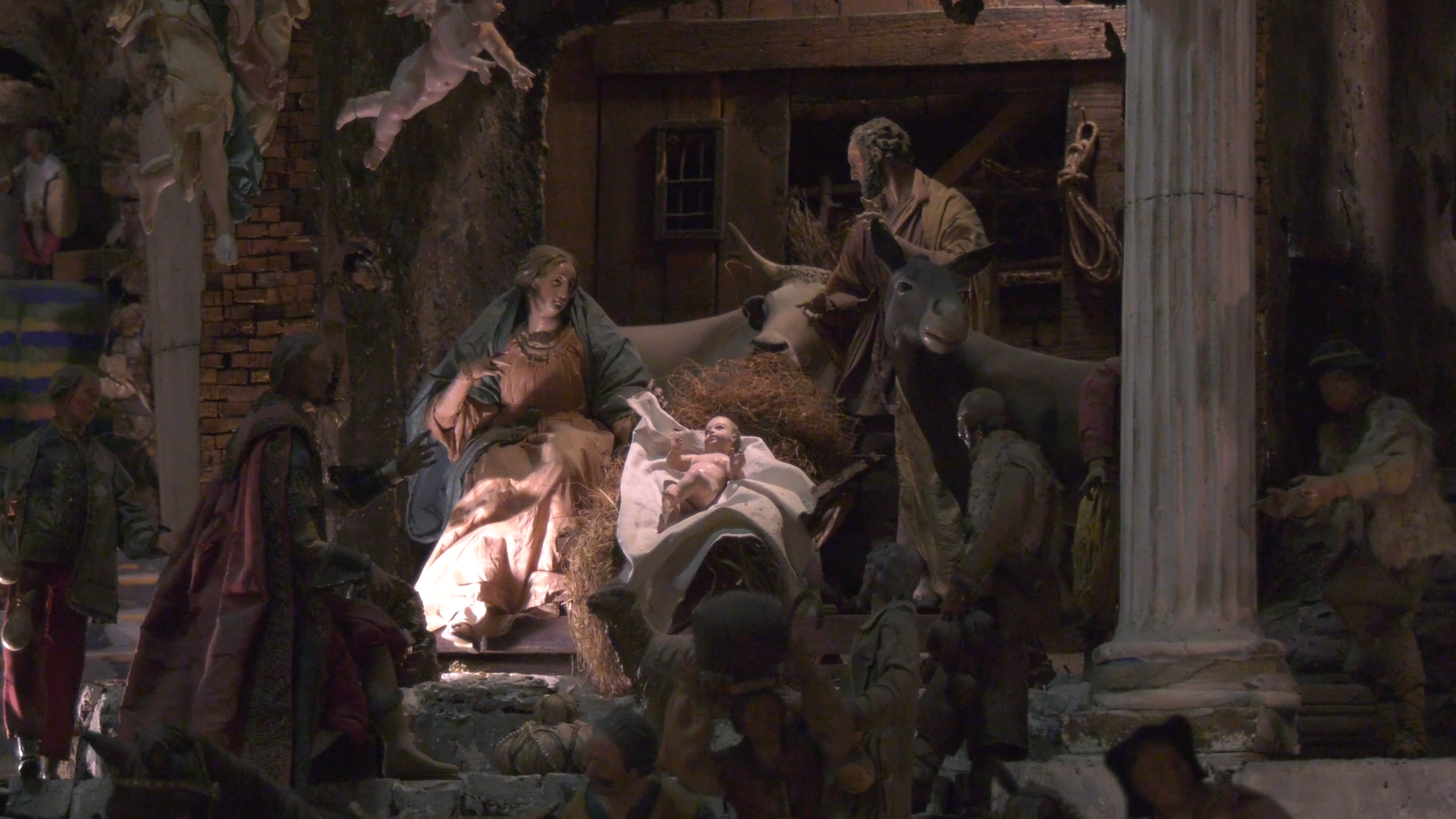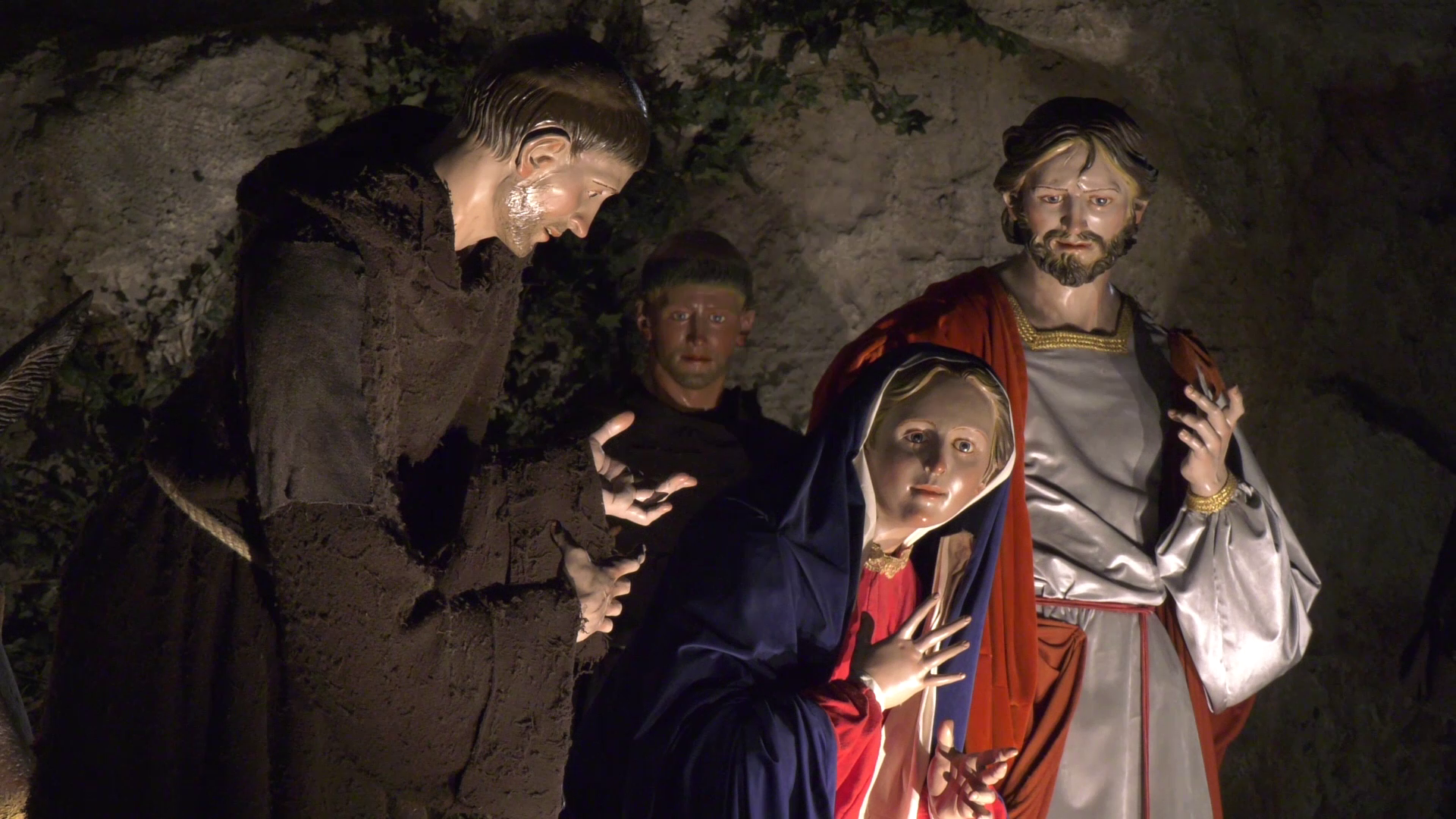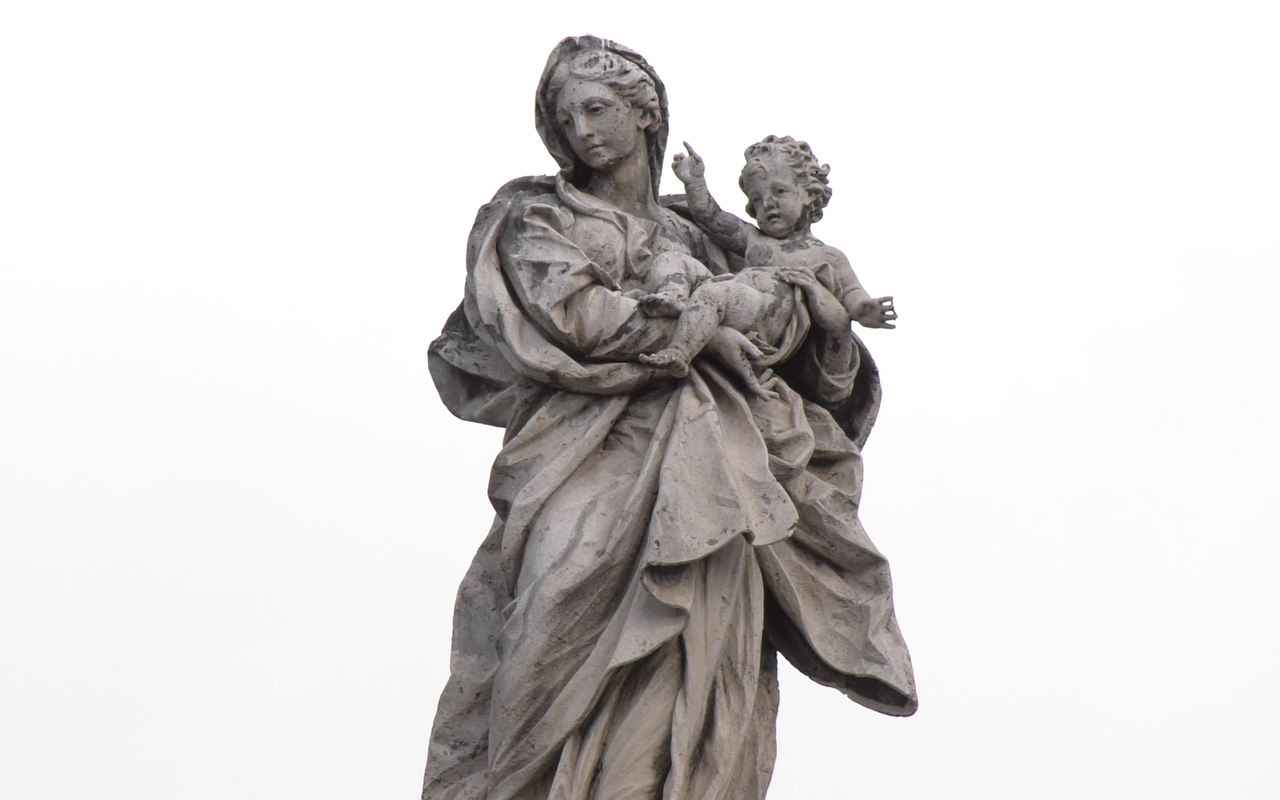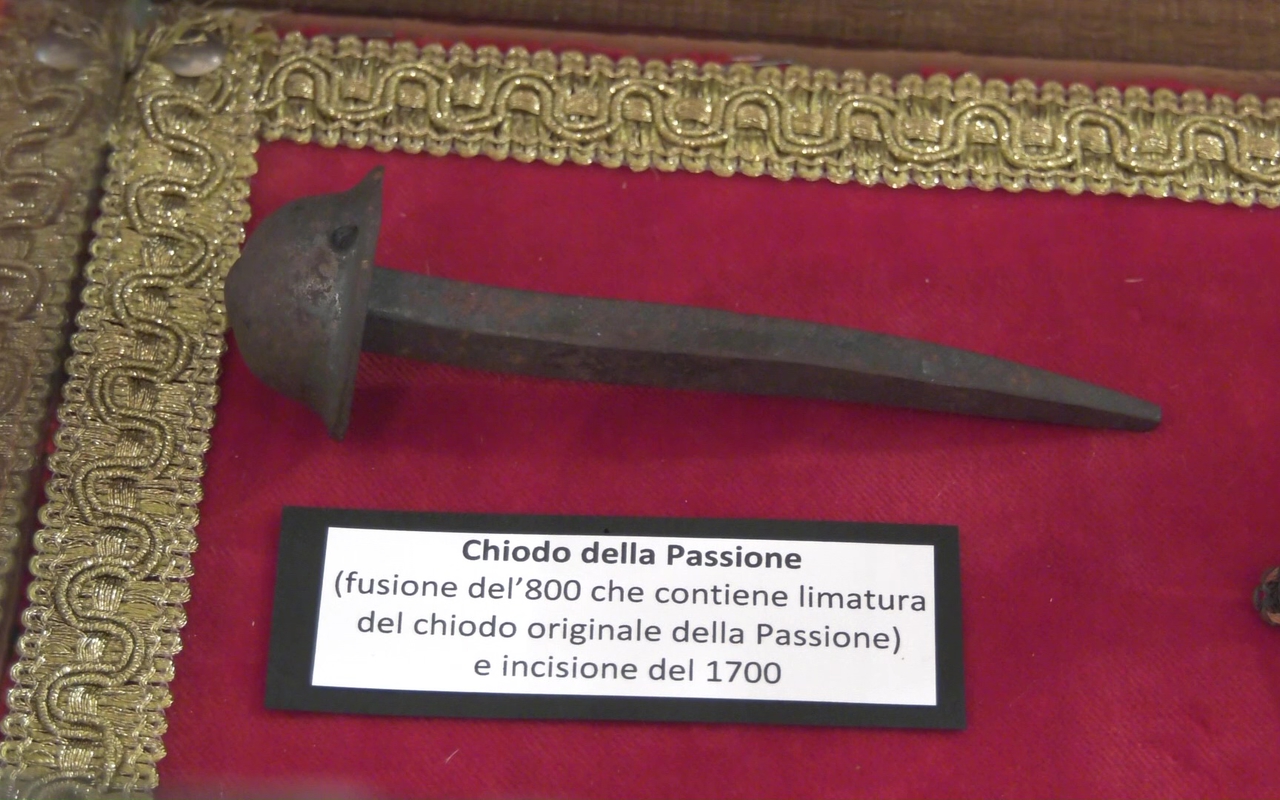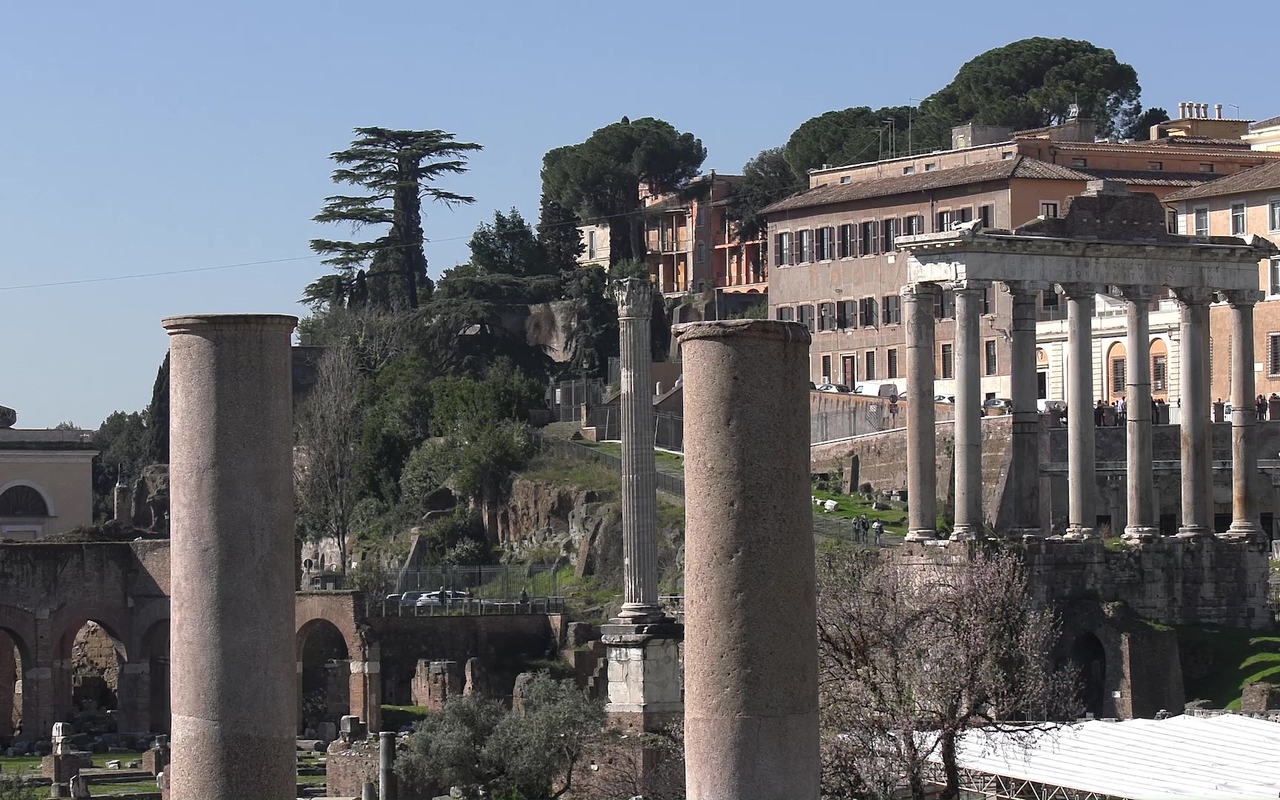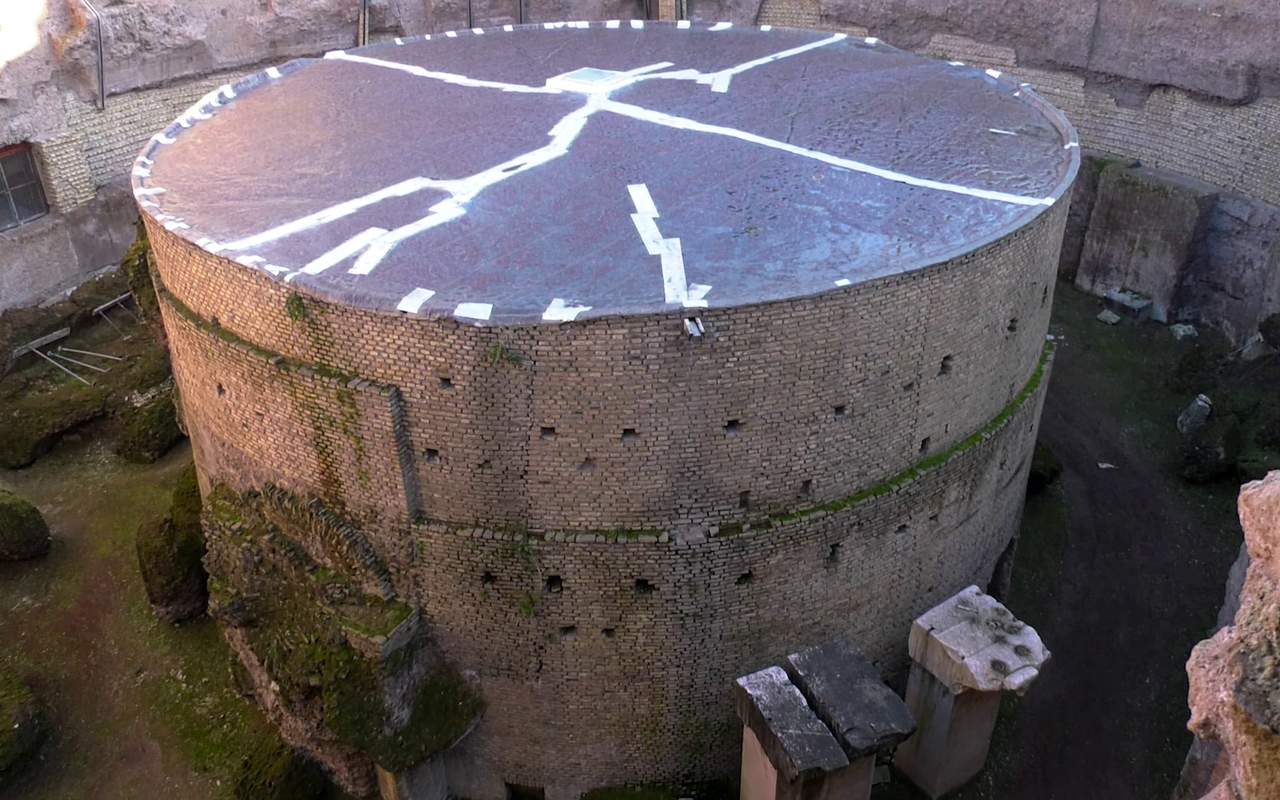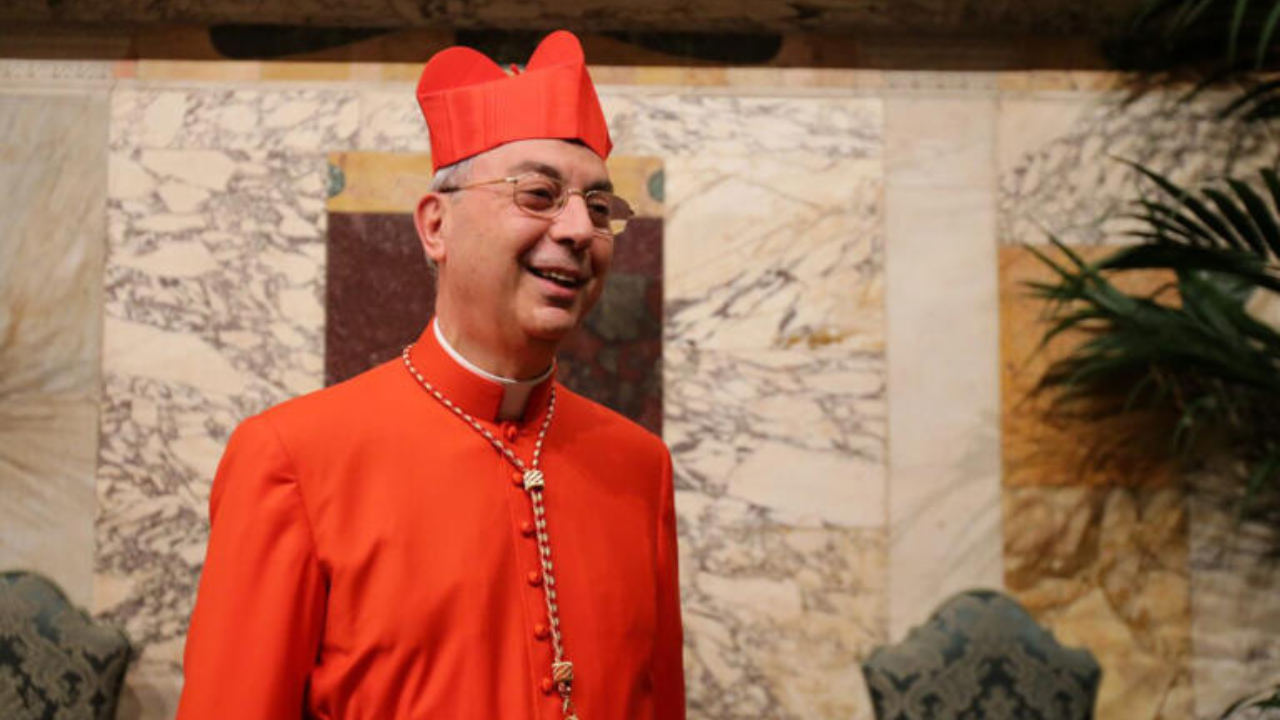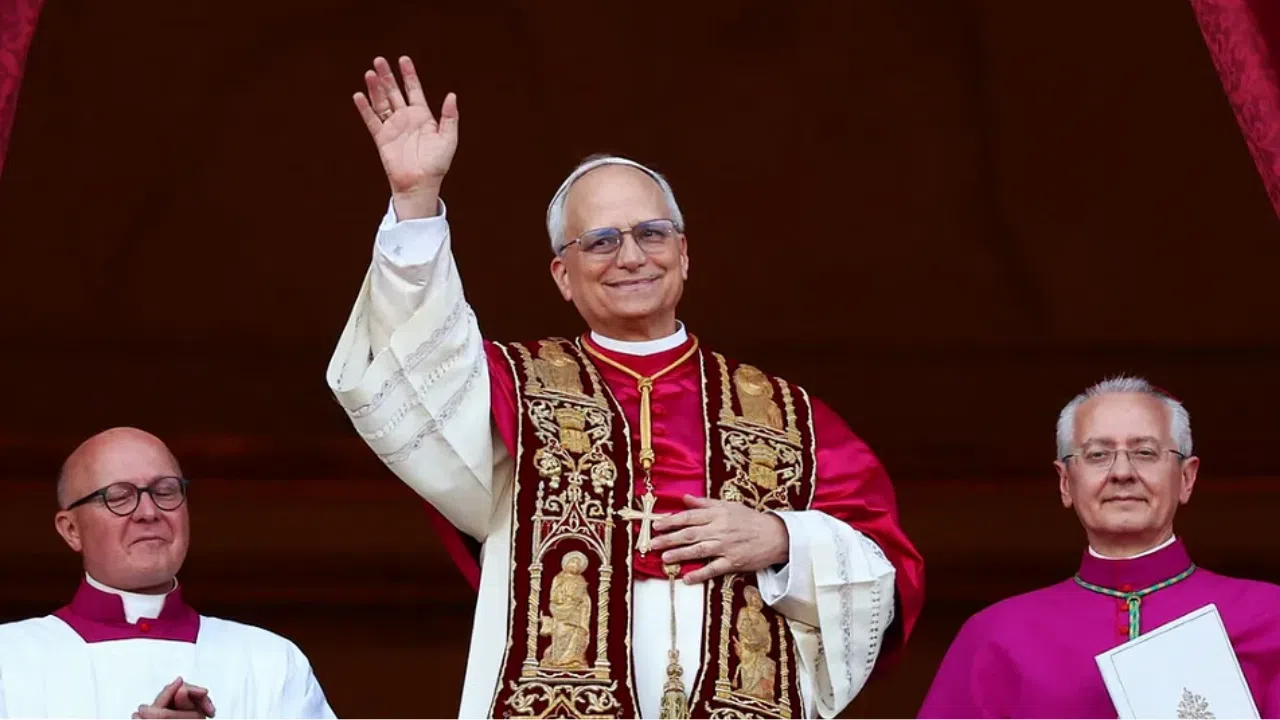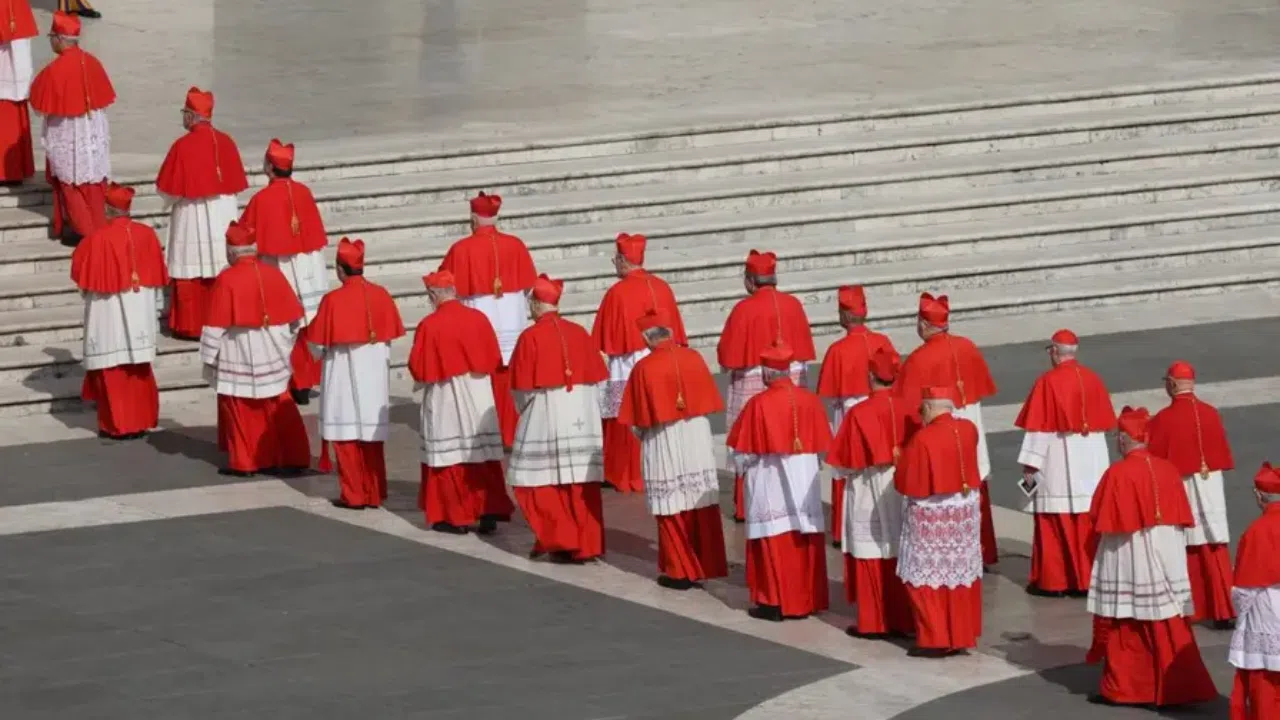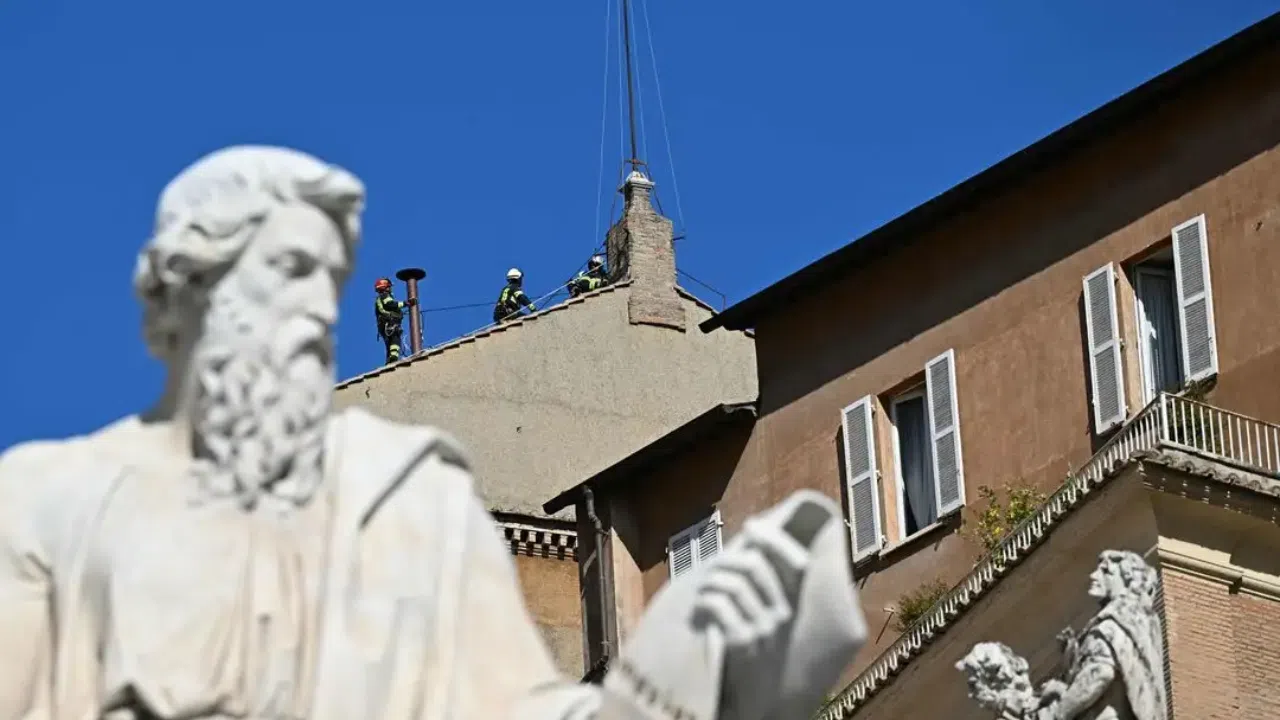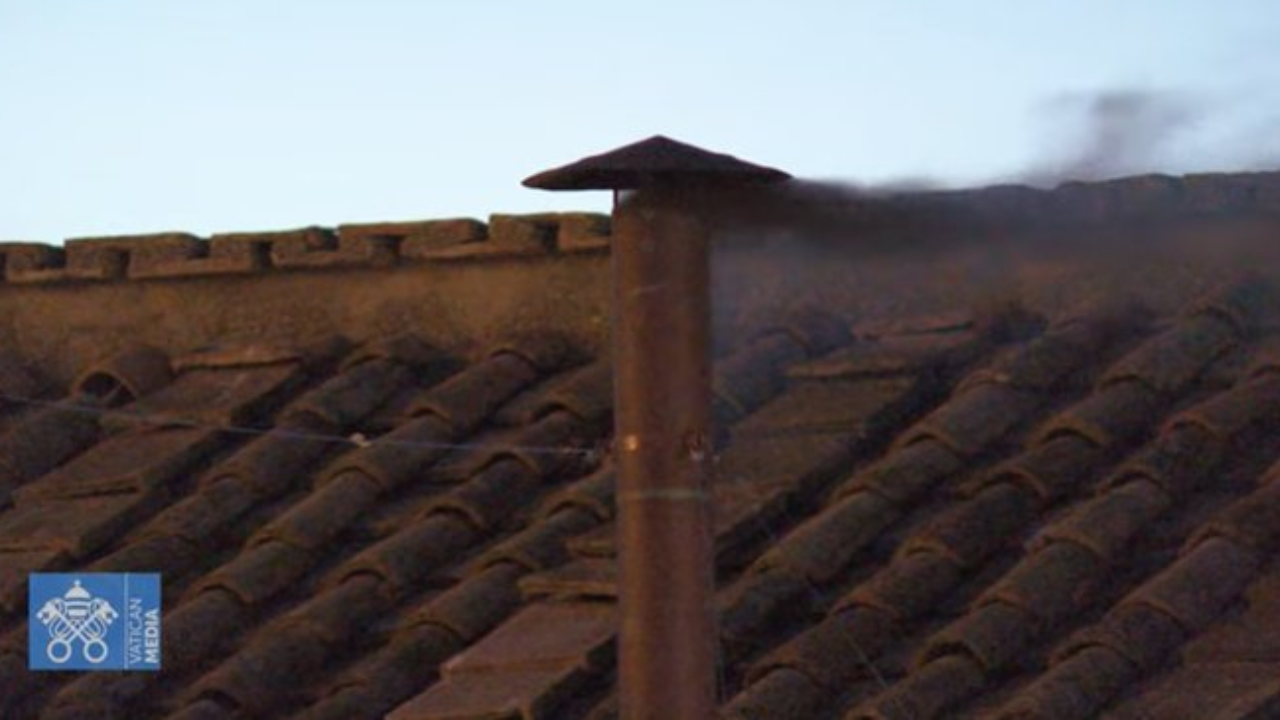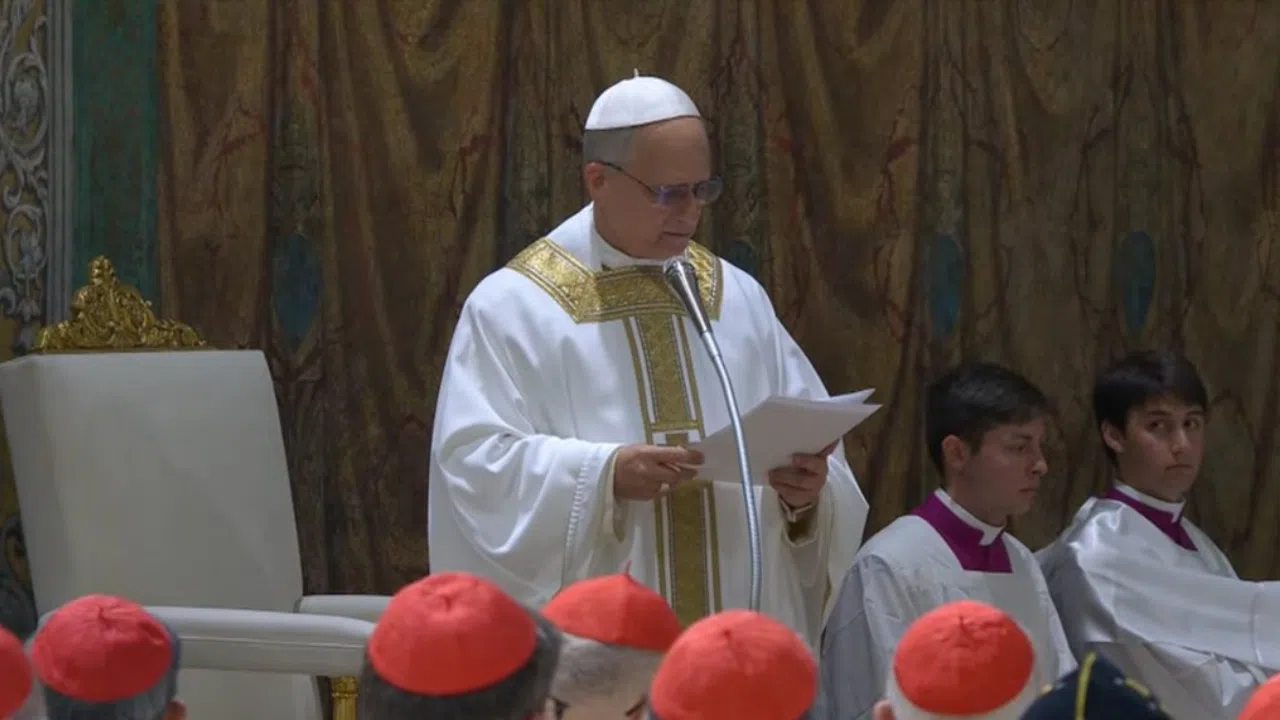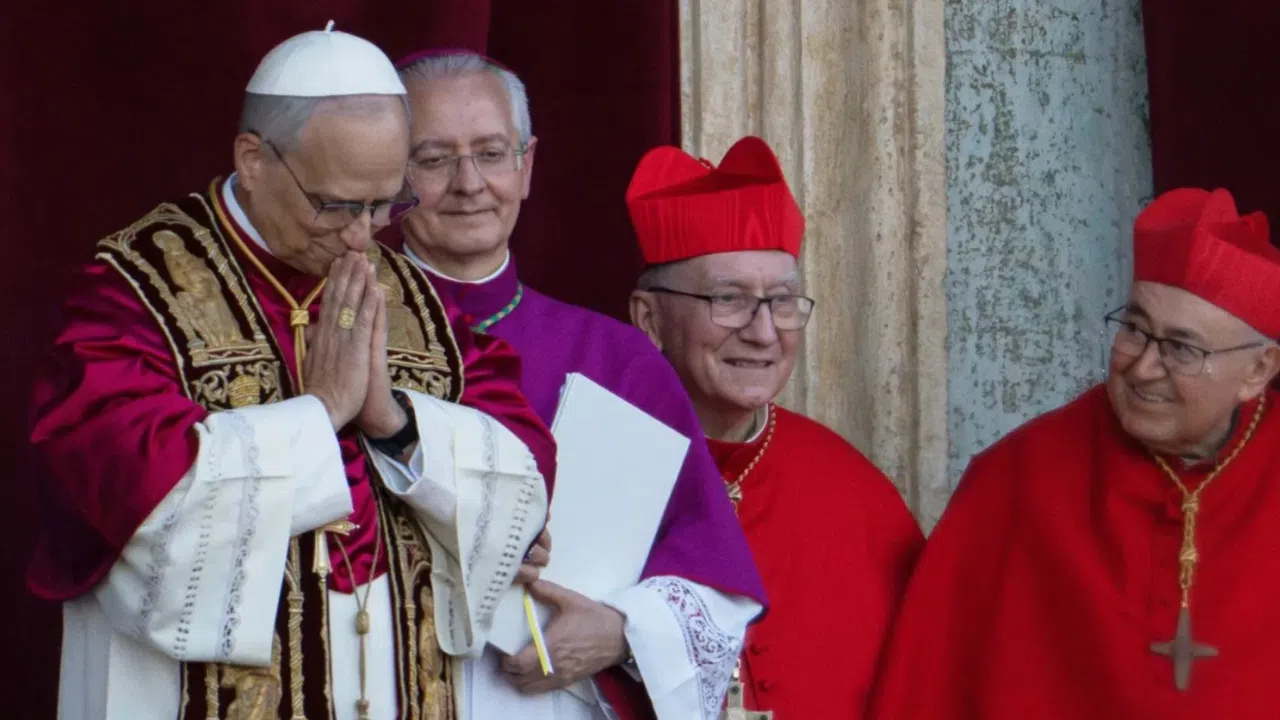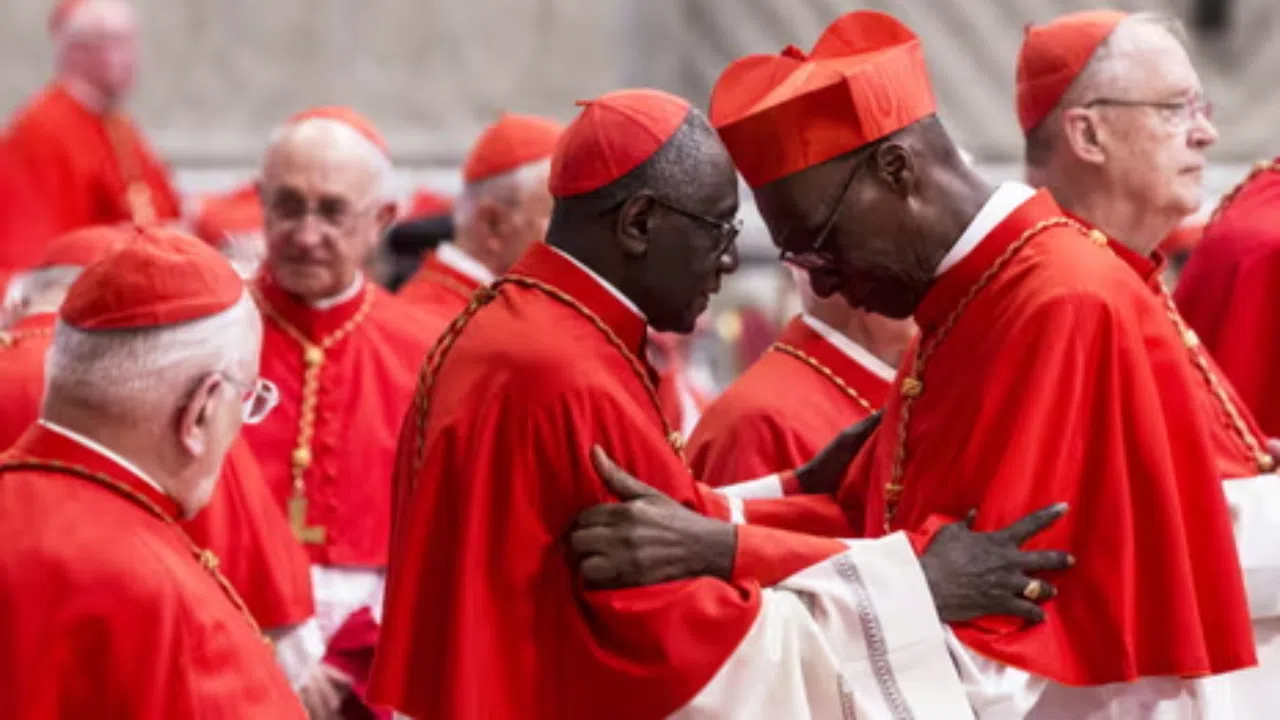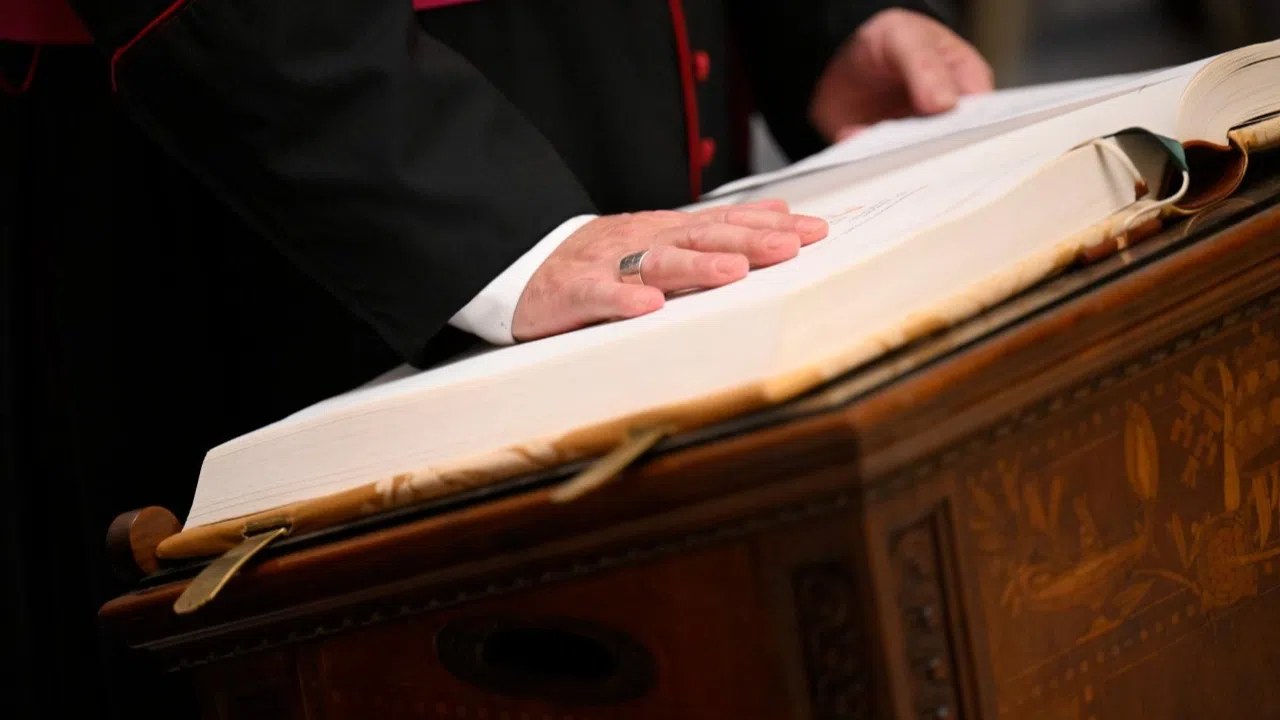The dazzling beauty of Michelangelo's 'Pietà” is a stark contrast to Caravaggio's sullen, ill-favored realistic portraits. Though his controversial style made him lose many commissions, other artists admired his natural talent.
The painter marked the beginning of seventeenth century art, classified as an era filled with artistic geniuses, such as Velázquez and Bernini. This exhibition shows the evolution of one of the most prolific centuries of Spanish and Italian art.
MARIO DE SIMONI
President, AD Ales Quiranal Stables
'[This exhibition]represented the richness of the relations between Spain and Italy during the seventeenth century. Masterpieces like 'Joseph's Tunic' or the 'Salome' by Caravaggio can be appreciated in a new light after a careful restoration.”
MATTEO LAFRANCONI
Quirnal Stables
'The exhibition is organized with a clear definition of themes starting from the beginning of the century with Caravaggio and arriving to the very end of the seventeenth [century] with Luca Giordano.”
Among the masterpieces on display are Bernini's crucified Christ, as well as Velázquez's famous 'Joseph's Tunic,” both rarely accessible to the public. Their vivid colors show how much they were influenced by Venice and Rome.
All of these works, 60 in total, come from Spain. The dominant monarchs of what was then a first world power entrusted or commissioned the best painters of their time to create masterpieces for their palaces.
This exhibition is located next to one of the Eternal City's most emblematic buildings of present Italy: the Quirinal Palace. It is one of the president of Italy's three residences, as well as the home of popes and kings past.
